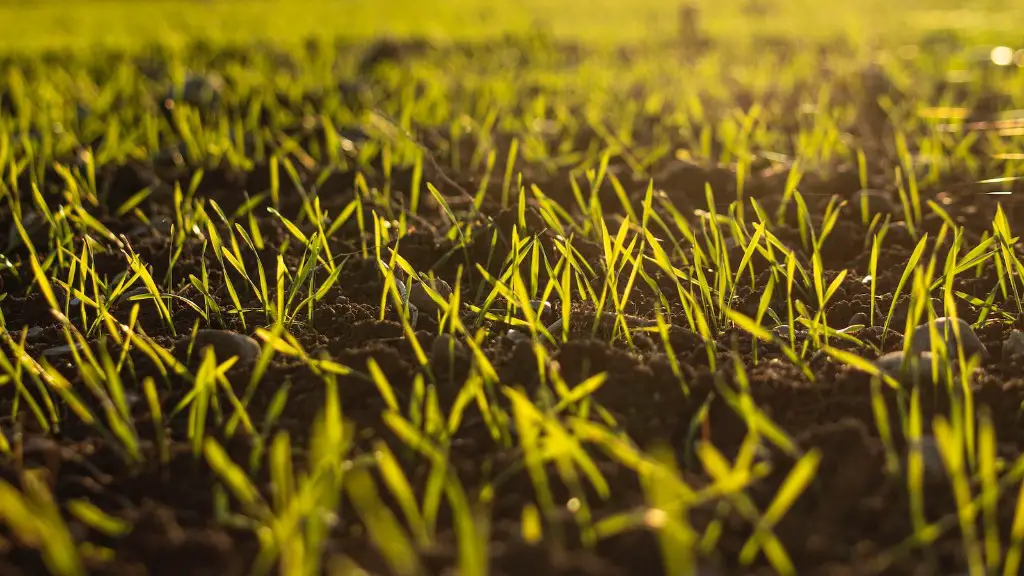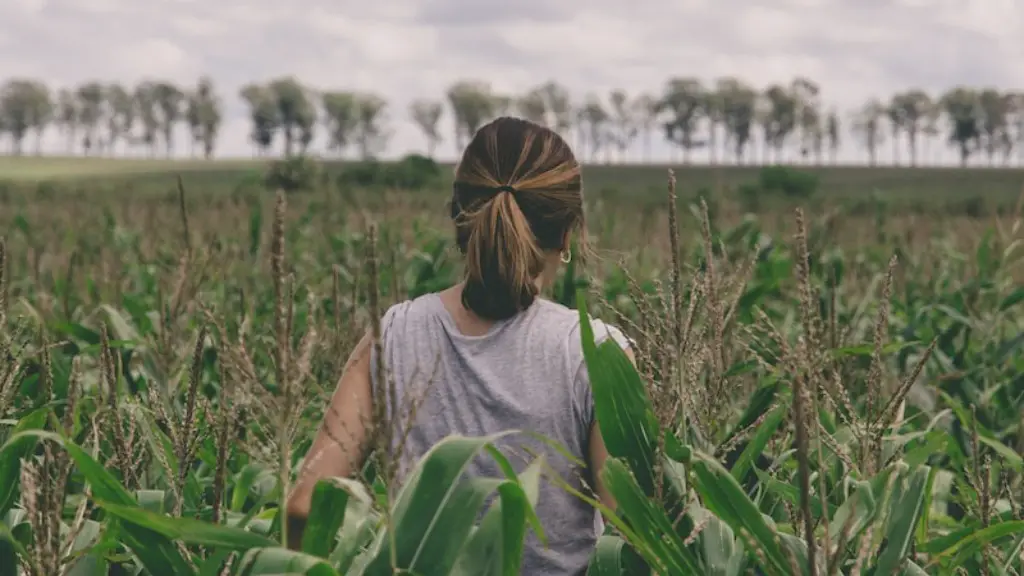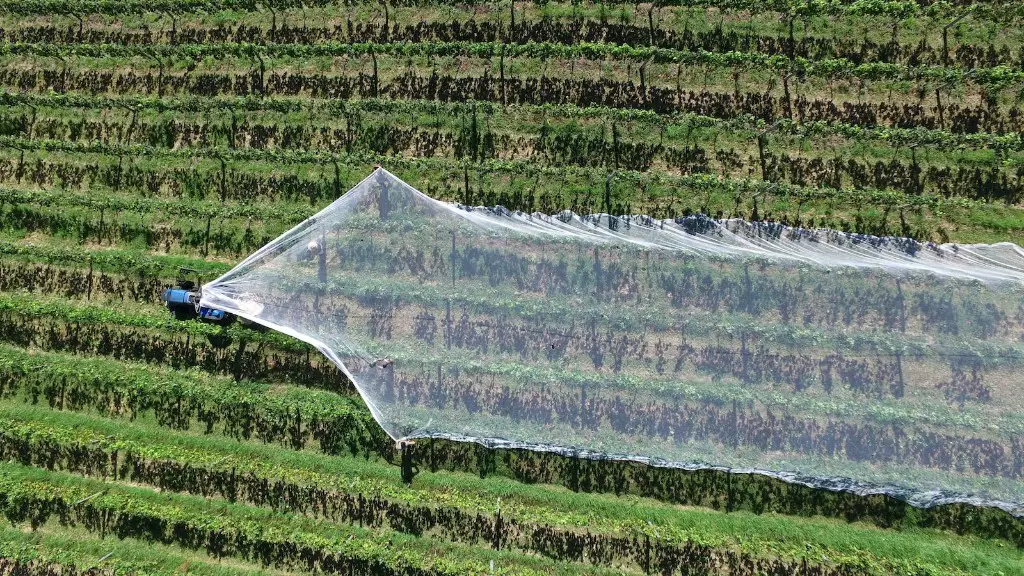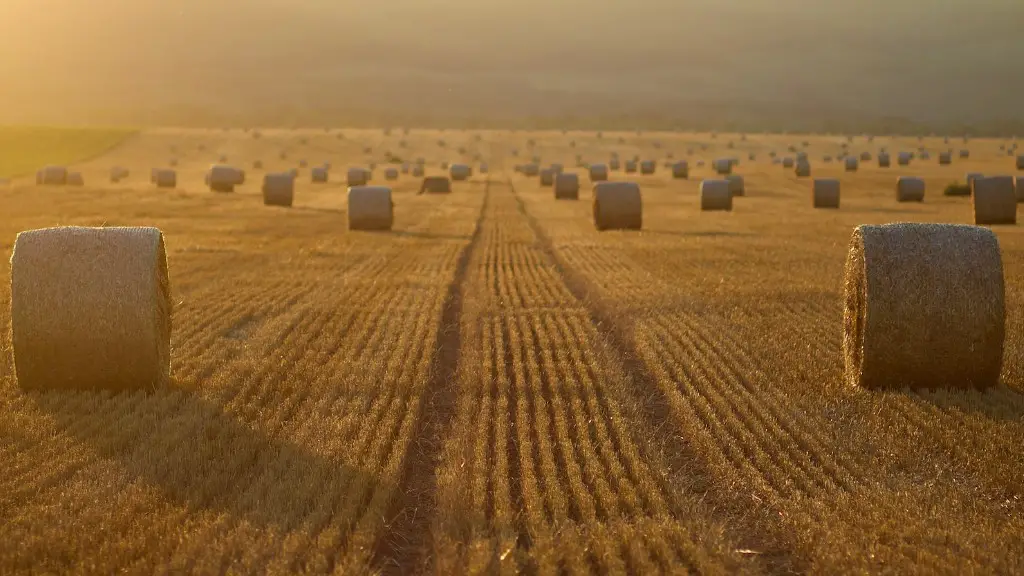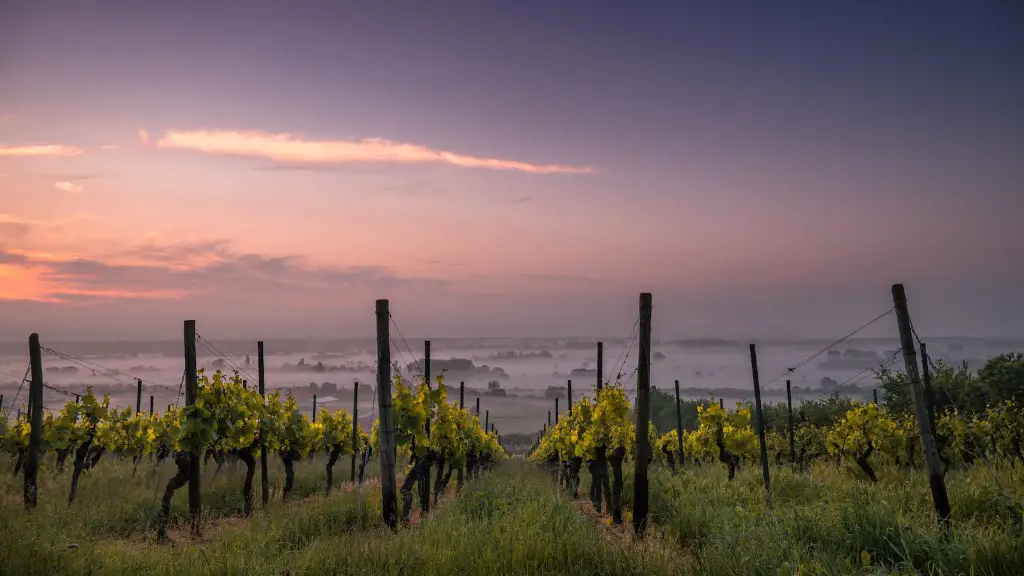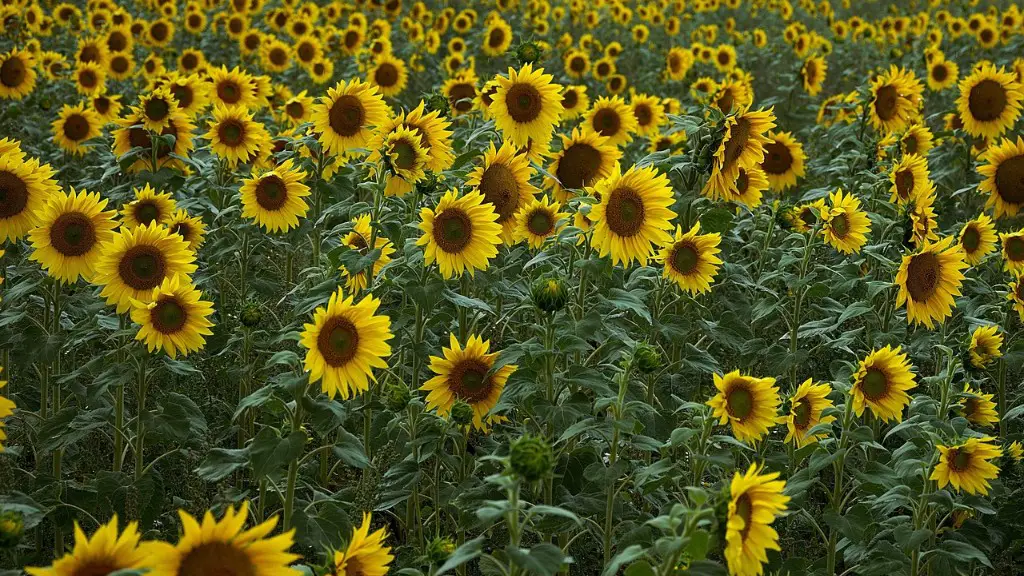There are many risks that come with running a farm or agricultural business. These risks can be categorized as production risks and marketing risks. Production risks are those risks that are related to the actual production of the crop or animal, such as weather risk, disease risk, and pest risk. Marketing risks are those risks that are related to the sale of the crop or animal, such as price risk and quality risk.
Production risk in agriculture is the probability that a crop will not be produced due to weather conditions, pests, or other factors.
What are the agriculture risks?
There are five basic sources of agricultural risk that you should address: production, marketing, financial, legal, and human resource risks. Various tools and strategies can be used to manage each of these risks.
Production risks include weather, pests, and disease. Marketing risks include prices, demand, and competition. Financial risks include interest rates, credit, and cash flow. Legal risks include contracts, regulations, and liability. Human resource risks include labor, health, and safety.
There are a variety of tools and strategies that can be used to manage each of these risks. Some common strategies include insurance, hedging, diversification, and financial planning. It is important to tailor the risk management strategy to the specific farm operation and the types of risks that are most prevalent.
There are many risks associated with the development and production of systems, including the risk that the system will not meet the performance expectations of stakeholders or the technical requirements of the application. These risks can be mitigated through careful planning and design, but they cannot be completely eliminated. When designing and developing systems, it is important to consider all potential risks and plan for how they will be managed.
How do you manage production risks
There are a number of tools that farmers can use to mitigate and plan for production risks. Diversifying crops or enterprise can help to spread risk and reduce the impact of any one crop failure. Changing production methods can also help to reduce risk, as can investing in new technologies. Maintaining farm infrastructure and equipment can also help to reduce production risks. Finally, staying informed about risk factors such as weather and markets can help farmers to make more informed decisions about production.
Every farm is different, but there are some hazards that are common to most farms. These include water and weather hazards.
Drowning can occur in as little as five centimetres of water, so it is important to be careful around farm dams and other bodies of water.
Weather hazards include sunburn, heat stroke, dehydration and hypothermia. These can all be dangers during the hot summer months, so it is important to stay hydrated and take breaks in the shade when working on the farm.
What are the different types of production risk?
There are many risks associated with farming and agriculture, including operational, technological, financial, and social risks. A large number of farms have failed to attain profitability in one or more years because of accidents or major disruptions in the production process. Operational risks can include things like weather conditions, pests and diseases, and machinery breakdowns. Technological risks can include new technology not working as intended or not being compatible with existing infrastructure. Financial risks can include volatile markets, interest rate changes, and policy changes. Social risks can include changes in social attitudes, labour shortages, and crime.
Business risk is the possibility that a company will have lower than expected profits, or that it will fail to generate any profits at all. This type of risk is specific to the company, and can be caused by a number of factors, including poor management, changes in the market, or unexpected competition.
Non-business risk is the possibility that something outside of the company will have a negative impact on its business. This could include a natural disaster, political instability, or changes in the economy.
Financial risk is the possibility that a company will not be able to meet its financial obligations. This could include not being able to pay back a loan, or not being able to generate enough revenue to cover expenses. Financial risk is often caused by business risk, as a company that is not generating enough profits is more likely to default on its debt.
Who bears the risk of production?
An entrepreneur is a person who organises production, takes important decisions regarding production and bears the risk involved in the production process. A successful entrepreneur is someone who is able to create value for their shareholders, customers and employees. They are also able to manage their resources effectively and efficiently.
A Risk Assessment is an examination of what could cause harm on a particular shoot or at a specific location, so that the production company / producer can decide whether adequate control measures are in place to prevent harm.
What is the purpose of a production risk assessment
Risk assessment is a essential part of health and safety management and helps identify potential hazards and risks. By conducting a risk assessment, you can develop control measures to mitigate the risks posed to those involved in your production.
It is important to note that the above factors are not the only ones that can affect production planning, but they are the most commonly cited ones. In addition, it is important to remember that each company is different and will have different levels of risk associated with production planning.
What are the four types of risks in a farm business?
Production risks can impact production yield or quality, and can have a financial impact on cash flow, opportunities for expansion, estate and retirement planning. Marketing risks can impact price and income, and human risks can relate to family, labor resources, and personal health and safety.
There are several high-risk factors for farmers that can lead to injuries or even death. Age is one of the biggest risk factors, as injury rates are highest among those 15 and younger, and adults over the age of 65. Lack of medical care is another big issue, as farmers often live in rural areas where hospitals and EMS are a far distance away. Machinery is also a big hazard on farms, as there are many moving parts that can cause serious injuries if not operated correctly.
What are the 4 types of risk
There are four main types of risk that businesses face: strategic, compliance and regulatory, financial, and operational. Each type of risk can have a major impact on the business, so it is important to be aware of them and have plans in place to mitigate them.
Strategic risk is the risk of a competitor coming on to the market and taking away business. To mitigate this risk, businesses need to have a clear understanding of their competitive advantage and what makes them unique. They also need to keep a close eye on the market and be ready to adapt their strategies if necessary.
Compliance and regulatory risk is the risk of new rules or legislation being introduced that could have a negative impact on the business. To mitigate this risk, businesses need to stay up-to-date on changes in the law and make sure they are compliant with all regulations.
Financial risk is the risk of interest rates rising on business loans or of customers not paying their invoices. To mitigate this risk, businesses need to have a strong financial management system in place. They also need to diversify their customer base and make sure they have a good credit control system.
Operational risk is the risk of key equipment breaking down or being stolen. To mitigate this
A production system is a set of facilities and equipment used to produce goods or services. There are three common types of production systems: the batch system, the continuous system, and the project system.
Batch production systems are used to produce large quantities of similar products. This type of system is often used in food production and pharmaceuticals. The products are typically produced in batches of 100 or more.
Continuous production systems are used to produce products that are identical or very similar. This type of system is used in many manufacturing industries, such as the automobile industry. Products are produced on an assembly line and move from one station to the next.
Project production systems are used to produce products that are unique or have a limited production run. This type of system is often used in the construction industry. Projects are typically completed in phases, with each phase having its own set of facilities and equipment.
What are the 4 types of production?
The second factor of production is labor. This includes all the effort that people put into producing goods and services.
The third factor of production is capital. This includes all the tools, machines, and buildings that are used to produce goods and services.
The fourth factor of production is entrepreneurship. This includes the risk-taking and creativity that are necessary to start and run a successful business.
Businesses providing goods can choose from three different types of production process: Job production, batch production, and flow production.
Warp Up
The main risks associated with agriculture production are yield risk, price risk, and input risk. Yield risk is the risk of having a poor crop due to unfavorable weather conditions. Price risk is the risk of changes in the market price of farm products. Input risk is the risk of changes in the price or availability of inputs such as seed, fertilizer, and labor.
Agricultural production risk is the variability in farm income due to changes in weather, price, and yield. The main drivers of agricultural production risk are climate, price, and yield variability. Agricultural risk management strategies help farmers manage these risks and protect their income.
